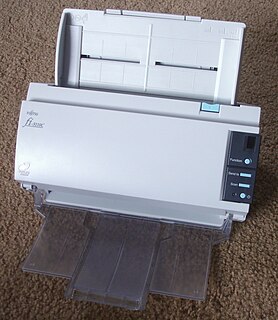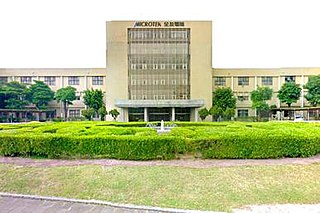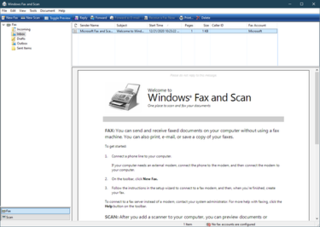This article does not cite any sources .(June 2011) (Learn how and when to remove this template message) |
 | |
| Public | |
| Traded as | TWSE: 2380 |
| Industry | Office automation |
| Founded | April 1991 |
| Headquarters | No. 20, Creation Road 1, Science-Based Industrial Park, Hsinchu 300, Taiwan, R.O.C., Hsinchu , Taiwan |
Number of locations | Taiwan, China (2), Japan, Germany, United States |
Area served | worldwide |
| Products | Image scanners and multifunction printers |
| Revenue | US$110,000,000 (2010) |
Number of employees | 2000 |
| Website | www |
Avision (Chinese :虹光精密工業股份有限公司) is a Taiwan based company founded in 1991 that designs and produces image scanners and multifunction printers. The company was established in Hsinchu Science and Industrial Park in 1991.

Traditional Chinese characters are Chinese characters in any character set that does not contain newly created characters or character substitutions performed after 1946. They are most commonly the characters in the standardized character sets of Taiwan, of Hong Kong and Macau, and in the Kangxi Dictionary. The modern shapes of traditional Chinese characters first appeared with the emergence of the clerical script during the Han Dynasty, and have been more or less stable since the 5th century.

Taiwan, officially the Republic of China (ROC), is a state in East Asia. Neighbouring states include the People's Republic of China (PRC) to the west, Japan to the northeast, and the Philippines to the south. Taiwan is the most populous state and largest economy that is not a member of the United Nations (UN).

An image scanner—often abbreviated to just scanner, although the term is ambiguous out of context —is a device that optically scans images, printed text, handwriting or an object and converts it to a digital image. Commonly used in offices are variations of the desktop flatbed scanner where the document is placed on a glass window for scanning. Hand-held scanners, where the device is moved by hand, have evolved from text scanning "wands" to 3D scanners used for industrial design, reverse engineering, test and measurement, orthotics, gaming and other applications. Mechanically driven scanners that move the document are typically used for large-format documents, where a flatbed design would be impractical.
Contents
Avision is member of the TWAIN Working Group, a nonprofit organization that maintains TWAIN standard specification, data source manager, sample code, software protocol and applications programming interface (API) for regulating communication between software applications and imaging devices. For business application, the company offers color imaging scanners and multifunction printers, as well as document capture software.

TWAIN and TWAIN Direct are application programming interfaces (APIs) and communication protocols that regulate communication between software and digital imaging devices, such as image scanners and digital cameras.
A nonprofit organization (NPO), also known as a non-business entity, not-for-profit organization, or nonprofit institution, is dedicated to furthering a particular social cause or advocating for a shared point of view. In economic terms, it is an organization that uses its surplus of the revenues to further achieve its ultimate objective, rather than distributing its income to the organization's shareholders, leaders, or members. Nonprofits are tax exempt or charitable, meaning they do not pay income tax on the money that they receive for their organization. They can operate in religious, scientific, research, or educational settings.
A specification often refers to a set of documented requirements to be satisfied by a material, design, product, or service. A specification is often a type of technical standard.
The head office is located in Hsinchu Science and Industrial Park, and the company operates worldwide. Avision owns and operates four branch offices in China, Germany, the United States, and Japan, and employs approximately 2,000 individuals.









